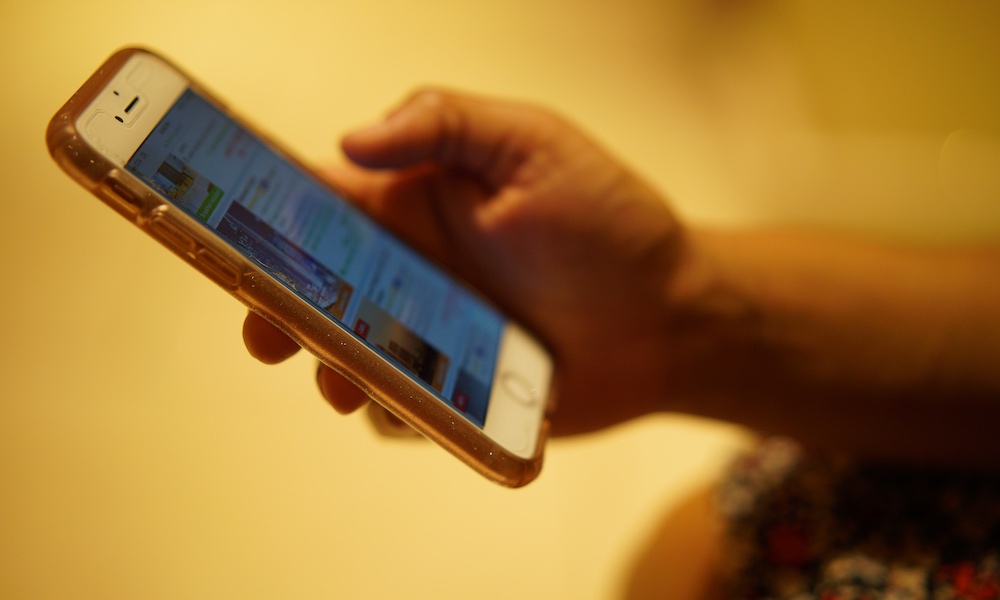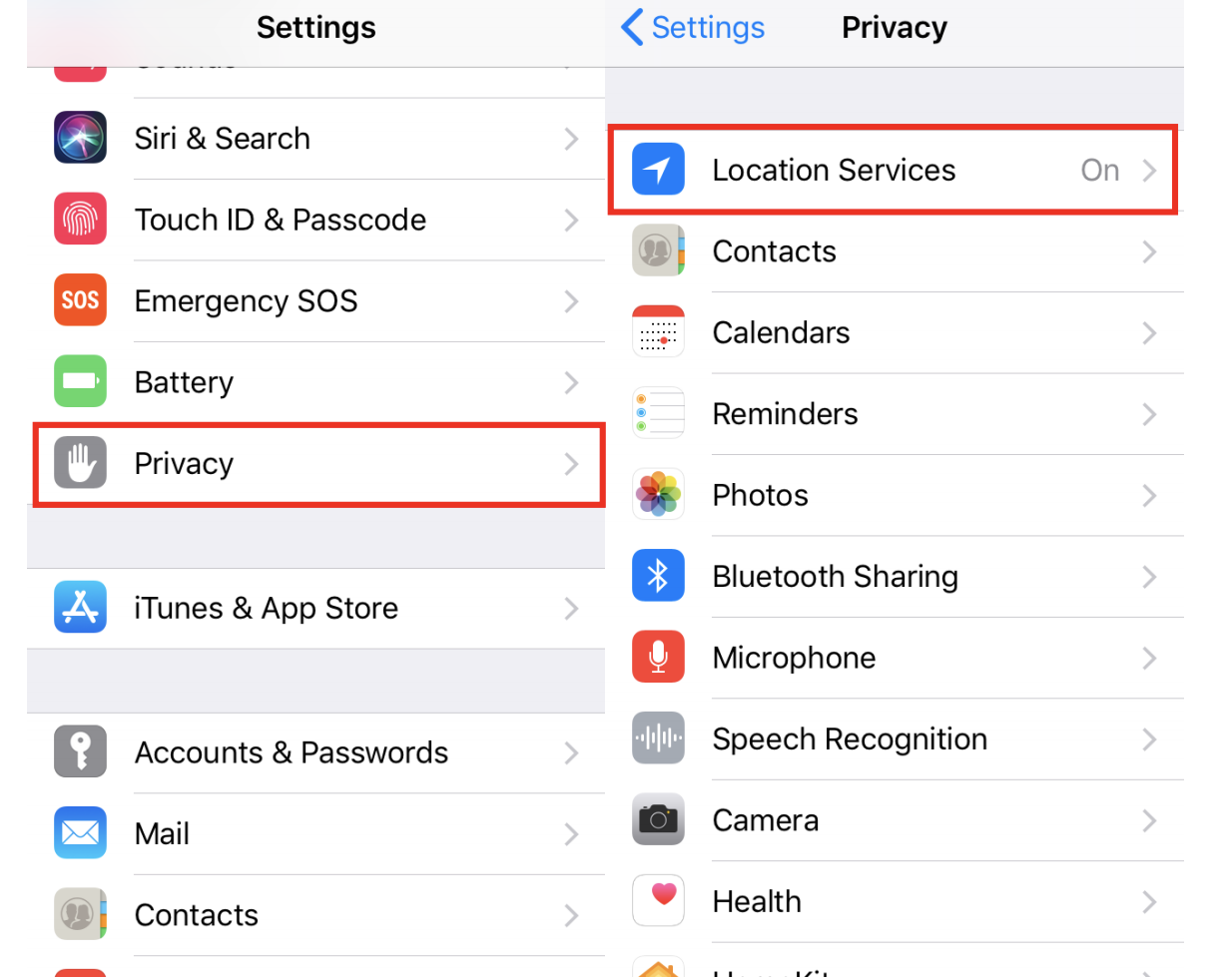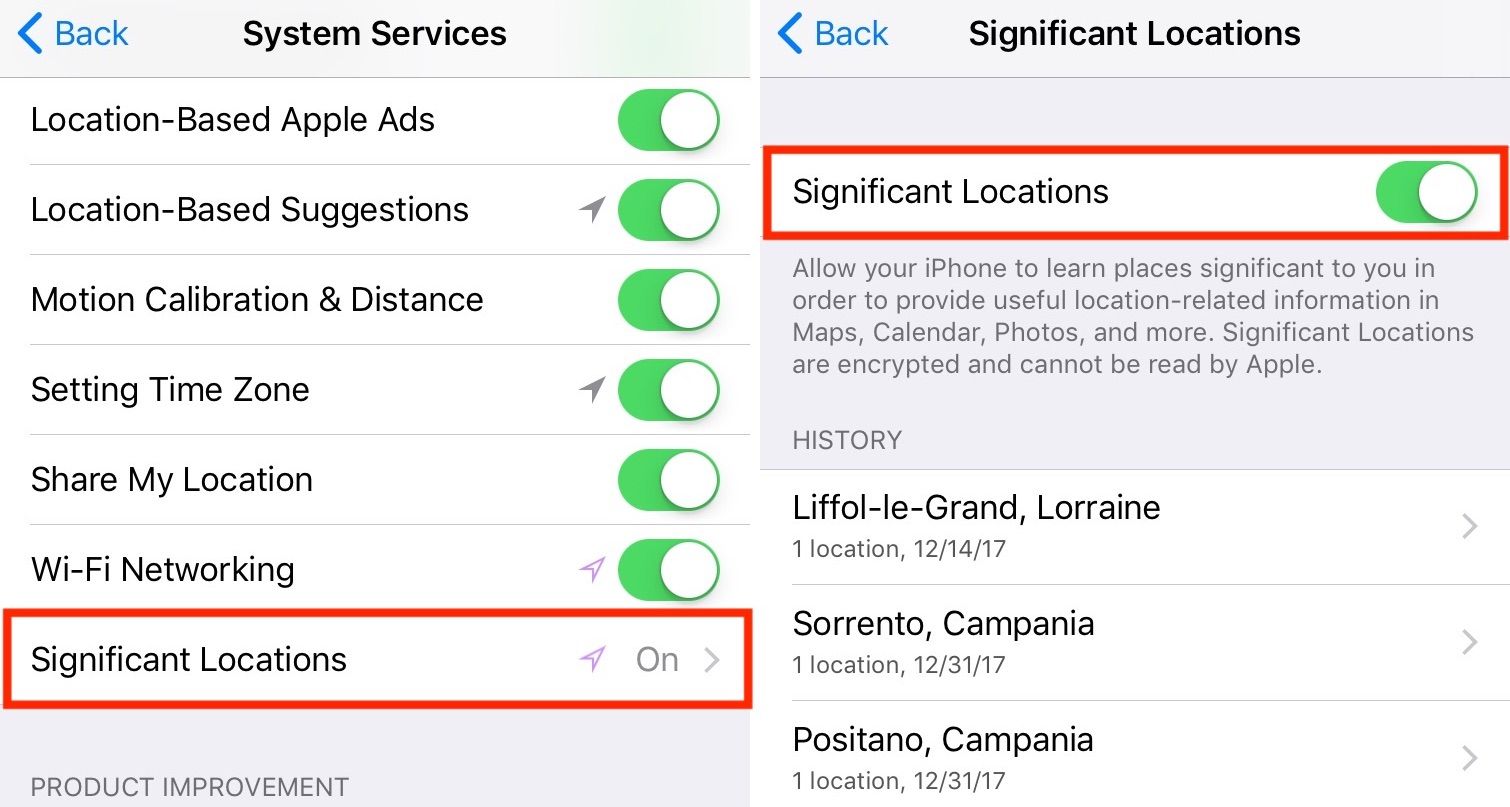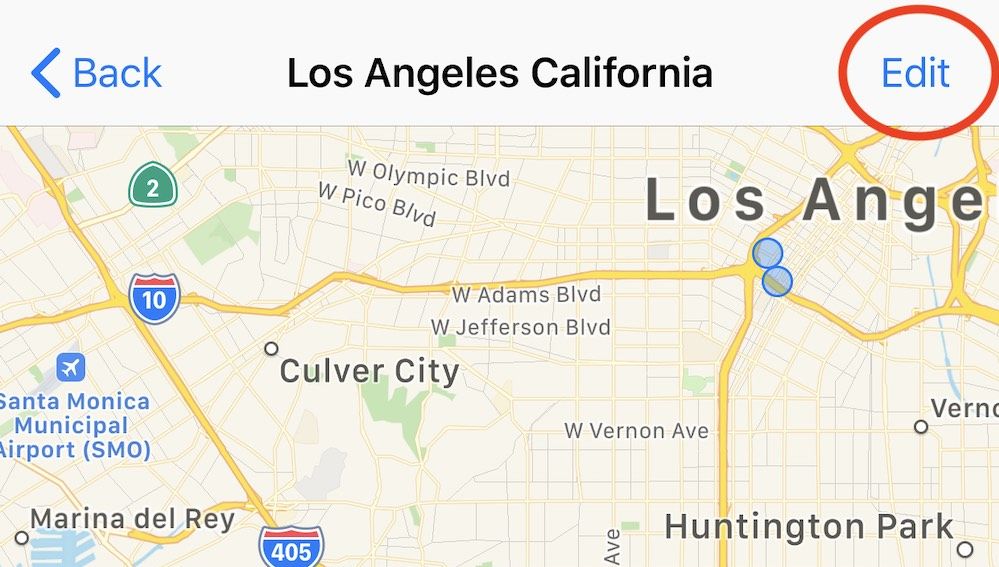Stop Your iPhone from Secretly Tracking Your Every Move – Here’s How
 Credit: Jones Media
Credit: Jones MediaToggle Dark Mode
Your iPhone knows where you were last night, and it won’t forget. Whether or not you’re aware of it, your iPhone is tracking (and remembering) your every move.
In light of a recent report by The New York Times revealing the extent of location tracking via apps, many consumers are likely just a bit paranoid about their own digital privacy.
But even if you have switched off Location Services for all of your apps, your iPhone is still tracking your location by way of a feature called Significant Locations.
What Is Significant Locations?
Smartphones, iPhones included, use location tracking for a variety of different purposes. Most of them aren’t malevolent — like enabling Find My iPhone or ensuring that your signal is strong by connecting to the closest cellular tower.
But, as mentioned above, iPhones have a feature called Significant Locations that tracks and remember the places you go and visit frequently. It was originally added to iOS 7 back in 2013 and has been included on every version of iOS since. Originally named Frequent Locations, the feature was renamed Significant Locations in iOS 11 and iOS 12.
How to See Your Significant Locations
Significant Locations is buried pretty deeply in the iOS settings menu. As mentioned earlier, whether it’s called Significant Locations or Frequent Locations depends on the version of iOS that you’re running.
- Open Settings.
- Tap on Privacy.
- Tap on Location Services.

Forensic Focus - Find and select System Services.
- Scroll down and tap Significant Locations or Frequent Locations.
- From here, you’ll need to authenticate with Touch ID or Face ID.
Once you’re in the menu, you’ll see a list of cities and locations within that city.
Tap on any city listing and you’ll see “visits” to specific locations, address or name included, that you frequent — or even just places that you visited once.
The menu even provides you with the date and time of specific visits.
How to Disable or Delete Significant Locations
If you find yourself a bit creeped out by Significant Locations, you can disable the feature entirely or delete any data associated with it.
No matter which version of iOS you’re running, you can tap the green toggle next to Significant Locations or Frequent Locations to disable the feature.

Keep in mind that there are definitely more options available to users running newer versions of iOS. In iOS 11 and iOS 12, users can select specific locations to delete.
- This is done by tapping a general location (i.e. Los Angeles).
- Tapping Edit.

- And then deleting a sub-location (i.e. Los Angeles International Airport).
Alternatively, tap Clear History to delete all entries in one fell swoop. Whether or not you should is another question, which we’ll get to below.
How Is This Data Used?
Apple notes in a support document that Significant Locations is used to provide personalized location-based services.
That includes predictive traffic routing to locations you frequent or Photos Memories built based on places you visit often.
For the average user, these are handy perks that outweigh the privacy benefits afforded by disabling the feature. But in the wake of various data scandals, privacy may be more of a concern than convenience.
Apple admits that some location-based data may be used by certain “partners and licensees to provide and improve location-based and road traffic-based products and services.”
But Significant Locations seems to be an exception. Apple says this specific data is encrypted and only stored locally on your device. It’s also never shared with third-parties without your explicit consent.
In other words, even if you’re particularly privacy conscious, Significant Locations doesn’t pose a privacy vulnerability unless someone has physical access to your device and passcode. Of course, it is also a bit creepy, so feel free to turn it off.






